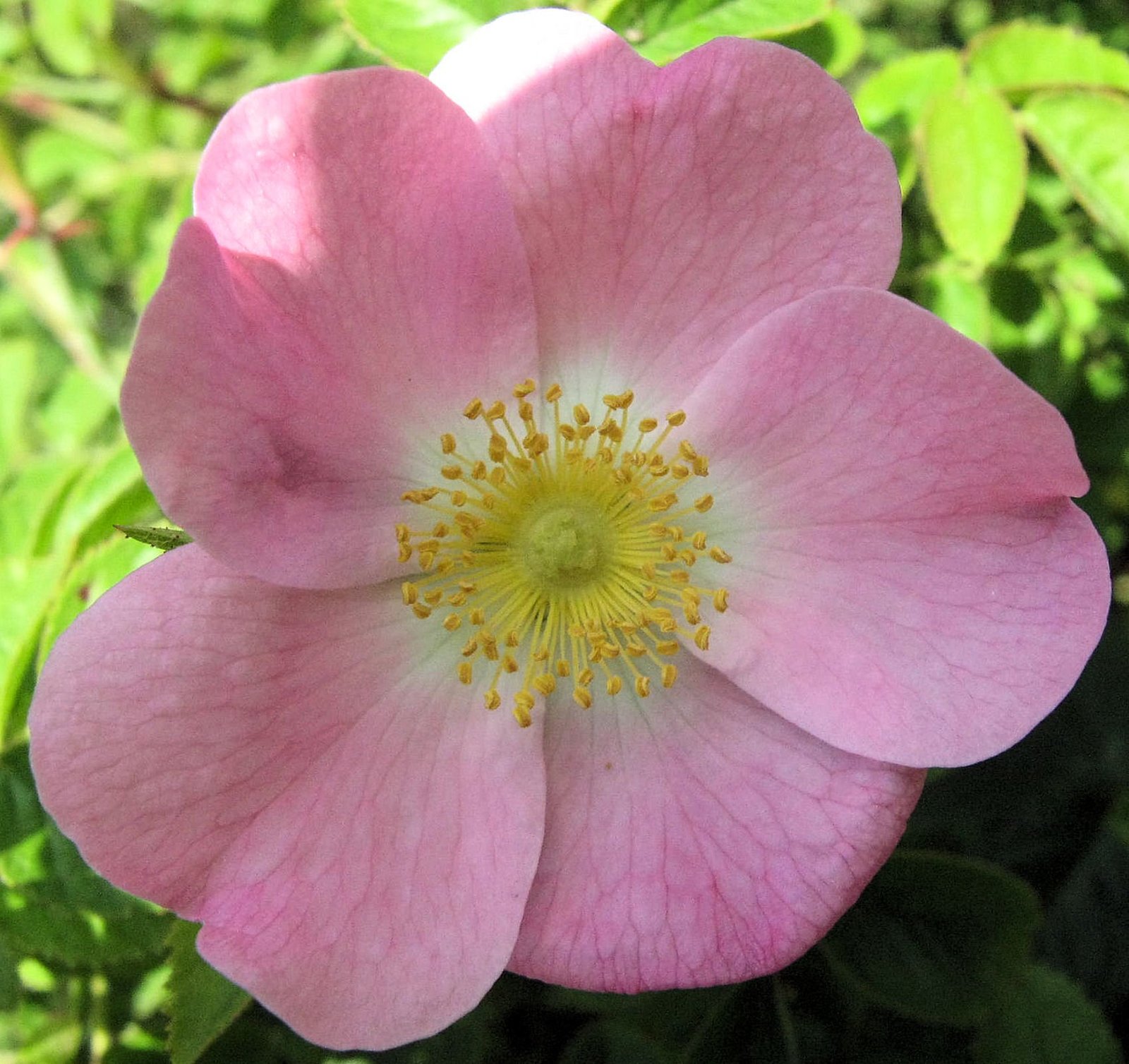Are Roses Hardy Plants?

Roses are beloved for their stunning blooms, captivating fragrance, and timeless beauty. However, the question of whether roses are considered hardy plants is a common one among gardeners and plant enthusiasts. In this comprehensive guide, we’ll explore the hardiness of rose species, their specific climate requirements, and the best practices for growing hardy roses.
How Hardiness Zones Affect Rose Growth

Hardiness Zones for Rose Species and Their Impact
Hardiness Zones: Roses can be grown in a wide range of USDA hardiness zones, but their specific hardiness varies by variety. The coldest zone in which roses can be grown is Zone 3, although this requires special protection measures[2].
– For zones 3-5, roses need additional protection such as mulching, covering, or using warmer microclimates to survive harsh winters.
– In zones 7-9, nearly any rose variety can be grown, but in zones 10 and above, some classes like Gallicas and Albas may not bloom reliably due to insufficient winter chill[2][5].
Climate Impact: Climate change is shifting the peak blooming times for roses and affecting their hardiness. Warmer winters and hotter summers can stress roses, especially those not adapted to such conditions. For example, El Paso’s rising temperatures have made it necessary to choose climate-resilient, native, or desert-adapted plants to ensure survival[1][3].
Soil Requirements for Growing Hardy Roses
What Type of Soil Do Roses Prefer?
pH Levels: Roses generally prefer a slightly acidic to neutral soil pH, ranging from 6.0 to 6.5. However, some varieties can tolerate a wider pH range[3].
Drainage Specifications: Good drainage is crucial for roses. Soil should not be waterlogged, as this can lead to root rot and other diseases. Adding organic matter like compost or well-rotted manure can improve soil structure and drainage[2][5].
Nutrient Needs: Roses are heavy feeders and benefit from regular fertilization. A balanced fertilizer (e.g., 10-10-10 NPK) applied in early spring and again after blooming can provide necessary nutrients. Additionally, roses benefit from soil rich in organic matter, which helps retain moisture and nutrients[1][3].
Caring for Hardy Roses
Watering, Sunlight, and Pruning Practices
Watering Schedules: Roses need consistent moisture, especially during their first year of growth. Established roses can tolerate some drought but will perform better with regular watering. Drip irrigation is highly efficient as it delivers water directly to the roots and minimizes evaporation and fungal diseases[3].
– In hot climates, mulching around the base of the rose bush helps retain soil moisture and protect the roots from extreme temperatures[1].
Sunlight Exposure: Most rose varieties require full sun to partial shade. At least 6 hours of direct sunlight per day is recommended for optimal blooming and health[2][5].
Pruning Techniques: Pruning is essential for maintaining the health and hardiness of roses. Prune in late winter or early spring to remove dead, diseased, or damaged wood. Pruning also helps control the size and shape of the plant and promotes new growth and blooming[2][3].
Challenges and Pest Management for Hardy Roses
Addressing Common Issues
Challenges:
– Climate Change: Shifts in temperature and precipitation patterns affect blooming times and increase pest and disease issues[1][3].
– Pests: Common pests include rose midges, aphids, and spider mites. Early warming can lead to earlier emergence of pests and more frequent life cycles, exacerbating the problem[3].
Recommended Treatments and Preventive Measures:
– Pest Control: Use systemic pesticides that also contain fungicides to prevent infestations. Regularly inspect plants and apply treatments as needed[2].
– Disease Prevention: Ensure good air circulation, avoid overhead watering, and use drip irrigation to prevent water from sitting on leaves, which can spread fungal diseases[3].
– Mulching and Water Conservation: Mulch around the base of the plants to retain moisture and protect the roots. This is particularly important in hot and dry climates[1].
By understanding the specific hardiness requirements, soil needs, and care practices for roses, gardeners can successfully grow these beautiful and resilient plants, even in the face of changing climates and environmental challenges.
Reference:
- [Experts recommend native El Paso plants for a hotter climate][1]
- [Zone Hardiness Information – Rogue Valley Roses][2]
- [How climate change affects roses | Penn Today][3]
- [Rogue Valley Roses][4]
- [Penn Today][5]
